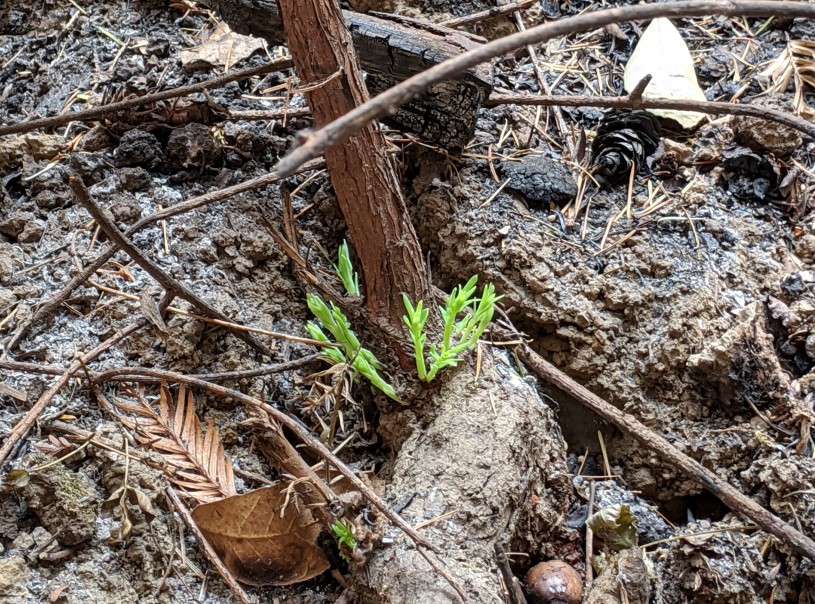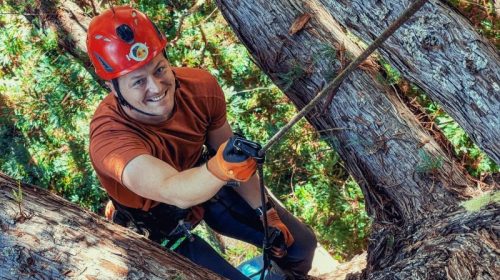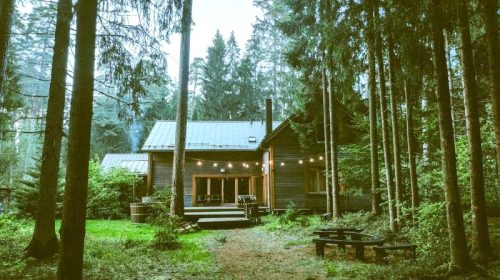Forest and Habitat Explored
By Zane Moore
White ash blankets the forest, in some places even up to a foot thick. Much of the heart of the Santa Cruz Mountains, in areas that receive the most rainfall and have the highest biomasses—mainly the old growth redwood forests of Big Basin—were burned. Sadly, based on recent satellite imagery (worldview.earthdata.nasa.gov), it appears that most of this burn was a moderate intensity crown fire burn, causing foliage to brown and die. Some trees survived with full crowns intact, while others, not so lucky, endured a higher intensity crown fire removing all foliage and perhaps causing upper trunks to break, as is what reportedly happened to Big Basin’s Auto Tree.
A majority of the Santa Cruz Mountains old-growth redwoods, around 70-75%, burned in the inferno. These forests included some world-class, superlative trees. Only one of the five largest redwood trees in the region remains unscathed. All of the region’s redwood trees over 18 feet in diameter at breast height have been scorched—the widest one at 19.3’ was lost. About 96% of the region’s tallest trees, including individuals over 350 feet, have burned. All but six trees over 300 feet tall remain untouched. Both the tallest tree and largest tree in Big Basin received, as of yet, unknown fates. Likewise, the largest known horizontal limb of any tree on earth—around 9 feet in diameter—may not have made it.
But it’s not just redwoods. The fire burned more than half of the endangered marbled murrelet nesting sites in the Santa Cruz Mountains—Big Basin the southernmost known of its range. Hopefully some of the standing trees, dead or alive, will still be nested in next season. The tallest and largest old-growth Douglas firs and tanoaks in the region have also been torched.
At a time like this, we all look to signs of hope, and we can be for trees in a moderate severity crown fire scenario, as appears to be the case in many areas. Redwood forests are adapted to fire and, though fire is a setback to aboveground productivity, redwoods should spring back in a few years or decades after the burn, depending on the severity.
Redwoods have three main living parts: roots, foliage, and cambium (the area under the bark that makes wood). After a crown fire like we had, roots and cambium receive relatively little damage, where foliage (aboveground smaller stems and leaves) receive a majority of the damage. A redwood, then, spends years after a fire rebuilding its foliage and whatever damage the roots may have sustained from lack of photosynthetic sugars post-fire. During this time, the cambium is mostly stagnant, producing very little new wood and very faint, if any, annual tree rings until the crown is big enough to offset the photosynthetic losses. As we wait to see what happens in Big Basin and the surrounding land, we can expect to see vibrant, fast growing green foliage arising from the main trunk and, if we’re lucky, living horizontal branches as the trees reestablish themselves.
I surveyed some of the burn area recently and already am seeing sword fern and sorrels growing from the ashes. Likewise, oaks, tanoaks, and madrones have already started sprouting, too. The huckleberry has not yet, but should. And indeed, redwoods, especially those that have fallen or sustained severe damage, are producing suckers. Knobcone pines have already opened their cones, releasing seeds. This species is serotinous, meaning it needs fire for successful reproduction. Some parcels of land, especially near creeks, did not burn and retained their irises, chain ferns, mosses, and I even found a banana slug munching on some sorrel. All of this regeneration indicates that already within a month of the blaze, the forest is quickly working towards recovery.
Zane Moore is a Plant Biology PhD Student at the University of California, Davis.
Photo by Thomas Andersen
The San Lorenzo Valley Post is your essential guide to life in the Santa Cruz Mountains. We're dedicated to delivering the latest news, events, and stories that matter to our community. From local government to schools, from environmental issues to the arts, we're committed to providing comprehensive and unbiased coverage. We believe in the power of community journalism and strive to be a platform for diverse voices.





